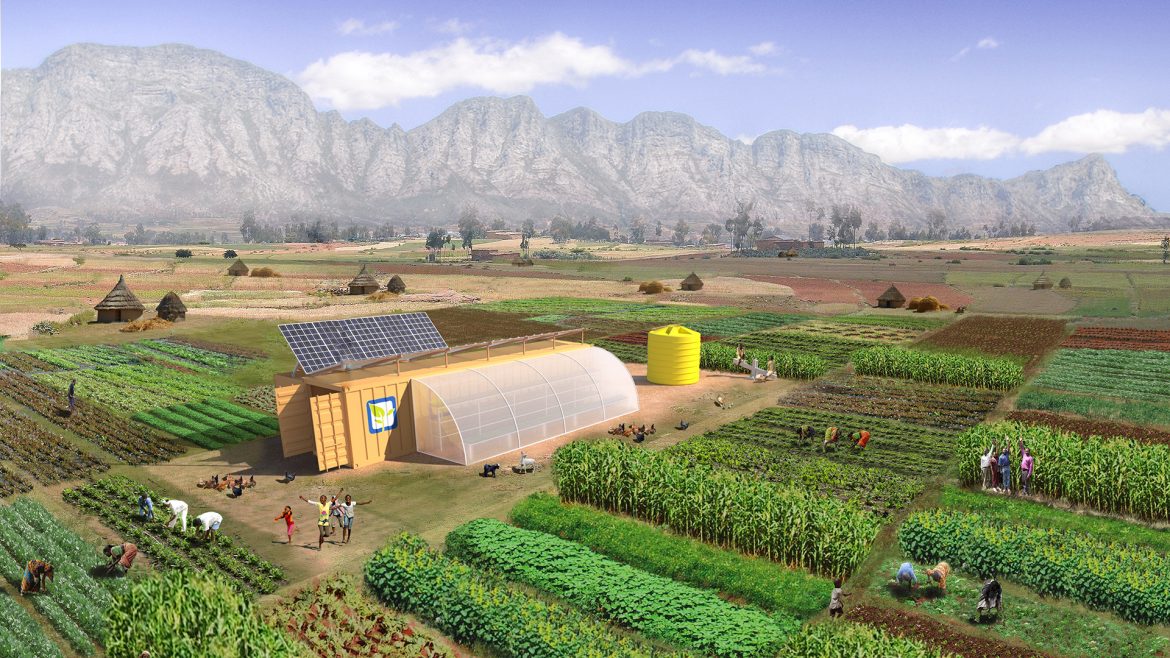Introduction
In the heart of every permaculture farm, there lies a delicate balance between flora and fauna. At ‘The One Acre Farms‘ farm plots near Bangalore, this harmony is elevated to an art form, with livestock management becoming an integral part of the permaculture practice. Aspiring farmers and seasoned cultivators alike are discovering the sustainable symphony that is played out when animals are introduced into the agricultural narrative.
The Symbiosis of Soil and Species
In the tapestry of permaculture, livestock are not merely inhabitants but active participants in the ecosystem. Their presence contributes to the health of the soil and the prosperity of the crops. At ‘The One Acre Farms’, methods such as managed grazing are practiced, ensuring that animals aid in soil fertilization naturally, promoting the growth of a diverse range of plant life.
Designing for Diversity: Livestock as a Permaculture Pillar
A core tenet of permaculture is the design principle that encourages diversity. Livestock play a pivotal role in this design, each species bringing its unique benefits to the farm. Chickens scratch and aerate the soil while depositing nitrogen-rich manure. Cows and goats manage the grass and weeds, reducing the need for mechanical cutting and chemical herbicides. Pigs can be used to till land in preparation for new plantings, turning over the soil with their natural foraging behavior.
Rotational Grazing: The Permaculture Dance
Rotational grazing is the cornerstone of integrating livestock within a permaculture setup. It involves moving animals through different paddocks, allowing vegetation in grazed areas to recover before being eaten down again. This method mirrors natural patterns of wildlife movement, reduces overgrazing, and minimizes the concentration of parasites and diseases. ‘The One Acre Farms’ advocates and assists in setting up such grazing systems to maximize land use efficiency while maintaining animal health and welfare.
Permaculture and Animal Welfare: A Compassionate Connection
Animal welfare is paramount in the permaculture ethos. Livestock are provided with an environment that allows them to express their natural behaviors, leading to happier and healthier animals. ‘The One Acre Farms’ ensures that the integration of livestock into farming operations doesn’t just meet their physiological needs but also their psychological ones.
The Nutrient Cycle: Closing the Loop
Permaculture farms, especially those managed by ‘The One Acre Farms‘ in their farm plots near Bangalore, strive to create closed-loop systems where waste is not wasted. Manure from livestock becomes a valuable resource, transformed into compost that feeds the soil. This cycle minimizes the farm’s external inputs and creates a self-sustaining model that exemplifies the permaculture ideal of closed-loop sustainability.
Pollination and Pest Control: Livestock’s Unsung Heroes
While often overlooked, certain livestock can play a role in pollination and natural pest control. Ducks, for instance, can control snails and insects while providing valuable manure. Bees, although smaller in stature, are livestock that play a critical role in pollination, essential for the success of many crops. ‘The One Acre Farms‘ supports the integration of these unsung heroes into the permaculture farm’s ecosystem.
Livestock as a Link to Local Markets
Livestock offer more than just ecological benefits—they can also provide economic resilience. By producing a variety of products such as meat, milk, eggs, wool, and honey, permaculture farms can tap into local markets, offering fresh, organic, and ethical alternatives to commercially farmed goods. ‘The One Acre Farms‘ empowers its community with the knowledge to manage livestock in a way that aligns with local economic opportunities.
Conclusion
At ‘The One Acre Farms‘, integrating livestock into permaculture farming is not just about agricultural output; it’s about re-establishing the ancient bond between humans, animals, and the land. It’s an intricate dance of give-and-take that enriches the soil, nurtures the plants, and feeds the soul. Whether it’s the hum of bees, the gentle lowing of cows, or the contented clucking of chickens, the sounds of livestock are the heartbeat of a thriving permaculture farm, each beat a testament to a well-managed and sustainable agricultural practice.


